
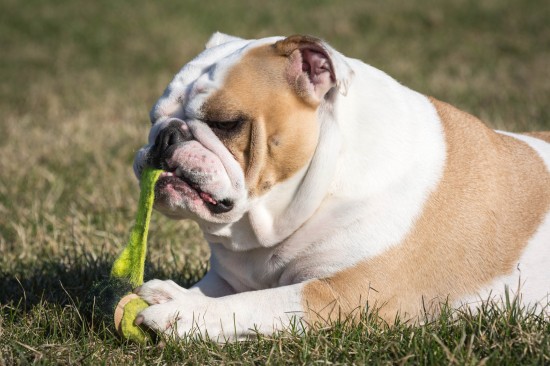
Your dog’s normal oesophageal function is something that you probably don’t pay much mind to on a daily basis, when everything is working as it should! However, if your dog manages to ingest, inhale or otherwise consume something that causes a blockage of the oesophagus, you will probably become all too aware of the problem very quickly. The presence of a foreign body within the throat can have a marked impact on your dog, and interfere with normal processes such as swallowing, eating and drinking, and even potentially, respiration.
If your dog is making funny noises, seems to have a lump in their throat that they cannot pass, or is apt to chew up their toys and other things, it is worth learning more about the symptoms of blockages and obstructions in the oesophagus, so that you can learn what to look out for.
In this article, we will look at oesophageal blockages in the dog, how they occur, and what happens next. Read on to learn more!
The word “oesophagus” is a Greek word, which means “entry for eating.” As this very descriptive phrase implies, the oesophagus is a tube of muscle that connects the stomach to the mouth, through which food is passed to the stomach after it has been chewed. On the way down, food passes through the pharynx, then the bolus, and then the oesophagus, bypassing close to the heart via the diaphragm muscle, and then on into the stomach. While this sounds like it should be a very drawn-out process, it only takes around five seconds in total from start to finish!
As your dog eats, the oesophagus expands to allow the chewed food to pass through it comfortably, which makes it relatively uncommon for even large lumps of food or other materials to become lodged in place. However, it is entirely possible that now and then something may lodge in the oesophagus, be that a particularly large or oddly shaped piece of food, or a foreign body such as a chewed up piece of toy. Exactly where in the oesophagus a blockage can happen will vary, but the most common zone is in the area of the lower neck, where you may be able to see or feel the obstruction from the outside in some cases.
The symptoms of a blockage of the oesophagus that your dog cannot clear on their own tend to be quite pronounced, and you will almost certainly notice that something is amiss.
However, despite this, it is not uncommon for owners to wait to seek treatment for some time, as they do not know for sure exactly what is happening. A blockage may be either complete, effectively stopping any food or water from passing it, or only partial, which can be harder to identify. Keep an eye out for the following potential signs and symptoms of an oesophageal blockage in the dog:
If you know or suspect that your dog has managed to swallow something that is causing a blockage, take them along to the vet sooner rather than later. In order to diagnose a blockage and work out the best method of treatment going forwards, your vet may use a variety of means to pinpoint the problem. X-ray examination may be used, but as so much soft tissue is involved, a radiograph or endoscopic examination may be necessary instead.
Once your vet has diagnosed a blockage and pinpointed its exact location, it will need to be removed under a general anaesthetic. Your vet may first try to shift the blockage onwards by means of pushing or pulling it out of the oesophagus, but if this is not appropriate or is ineffective, your vet may need to open up your pet’s neck to physically remove it.
After removal, your dog may need to go on a course of antibiotics, and a restricted diet to allow any soreness or inflammation to subside.
It is vitally important to seek treatment promptly if your dog has a suspected oesophageal blockage, as it can potentially lead to further, serious complications such as aspiration of food or water into the lungs, and damage to the structure of the oesophagus.
While it is not always possible to prevent an oesophageal blockage in the dog, you can minimise the chances of it happening by monitoring what your dog is apt to chew and eat, and steer clear of items like sticks and bones, which are some of the most common culprits when it comes to causing blockages at various points of the digestive system.
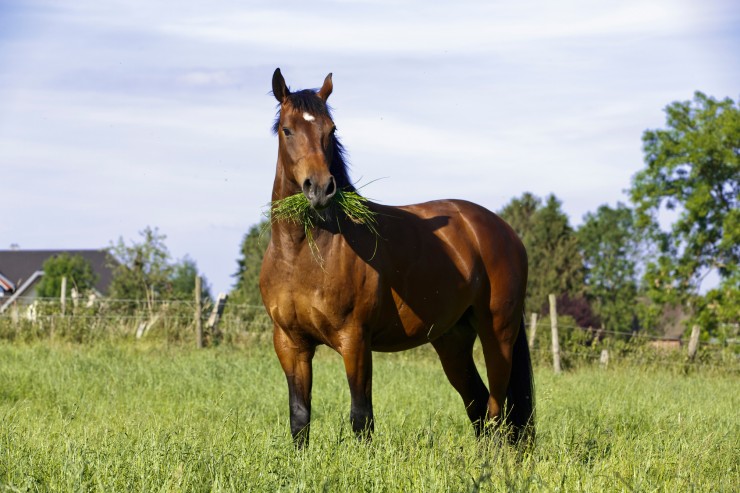 Would Your Horse Benefit From Electrolytes?
Would Your Horse Benefit From Electrolytes?
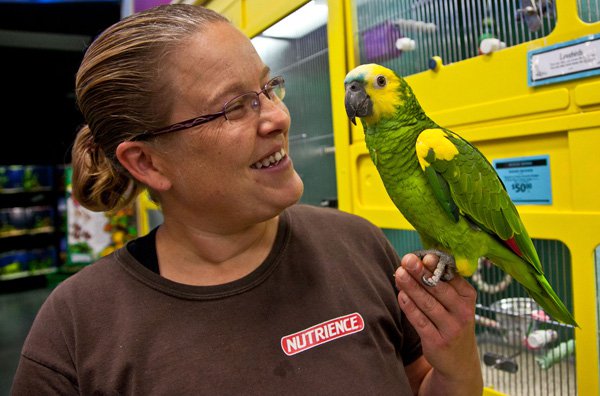 Choose Best Automatic Pet Feeders Interms Of Design, Setup, Cleaning
Choose Best Automatic Pet Feeders Interms Of Design, Setup, Cleaning
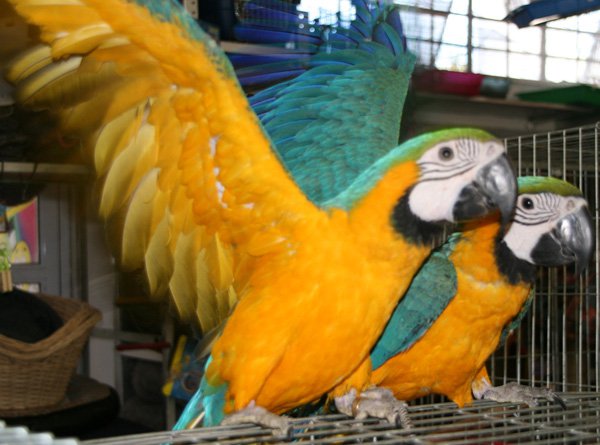 Bedding Material to be Used over the Flooring of your Chicken Coops
Bedding Material to be Used over the Flooring of your Chicken Coops
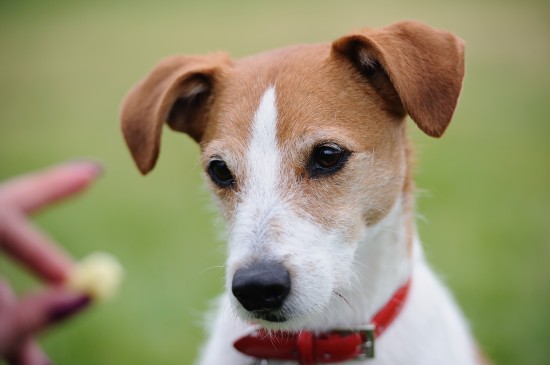 Weaning Your Dog Away From Expecting A Food Reward When Training
Weaning Your Dog Away From Expecting A Food Reward When Training
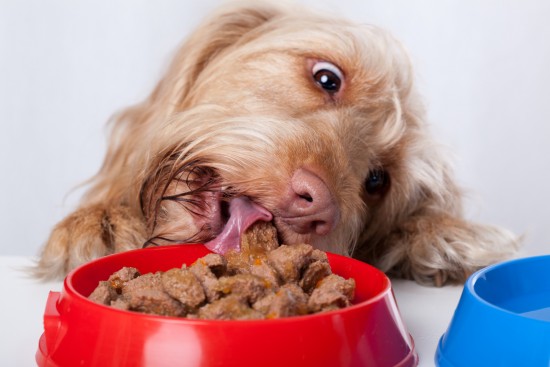 How To Minimise The Chances Of Your Dog Developing Bloat
How To Minimise The Chances Of Your Dog Developing Bloat
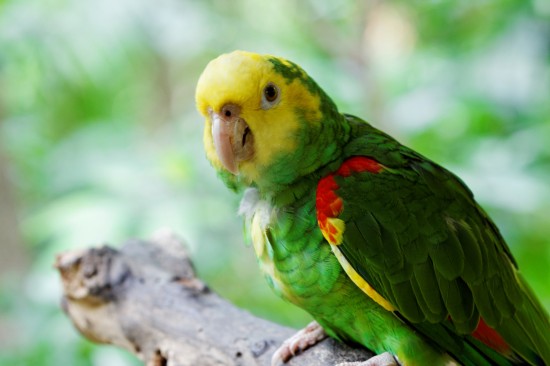 Common Illnesses In Amazon Parrots
Common Illnesses In Amazon Parrots
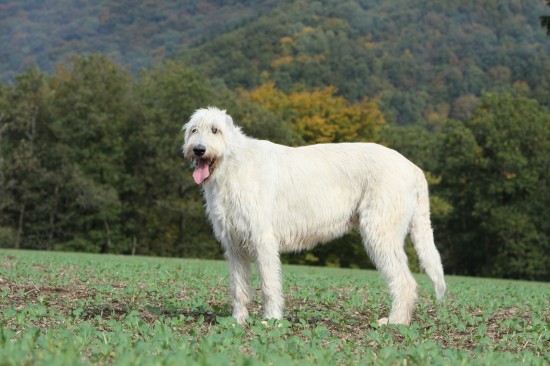 All About The Irish Wolfhound
All About The Iri
All About The Irish Wolfhound
All About The Iri
 Few reasons for why are your pets getting affected by Fleas and Ticks?
How did your dog get these fleas and ticks?
Generally your
Few reasons for why are your pets getting affected by Fleas and Ticks?
How did your dog get these fleas and ticks?
Generally your
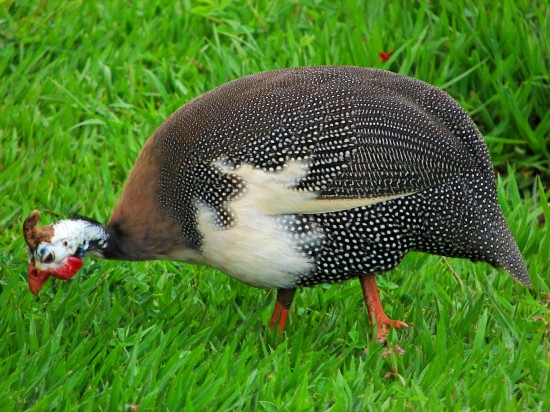 The Joys Of Keeping Guinea Fowl
The Joys Of Keepi
The Joys Of Keeping Guinea Fowl
The Joys Of Keepi
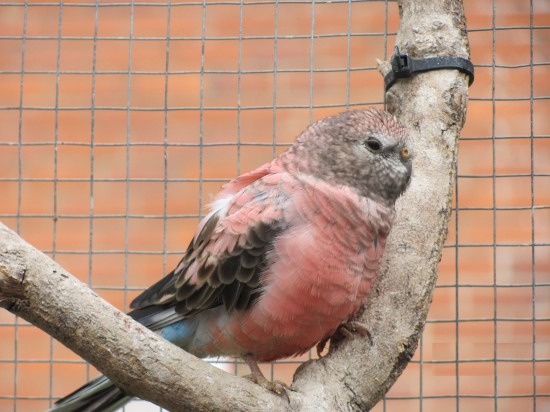 Bourke’s Parrot
Bourke’s Parrot
Bourke’s Parrot
Bourke’s Parrot
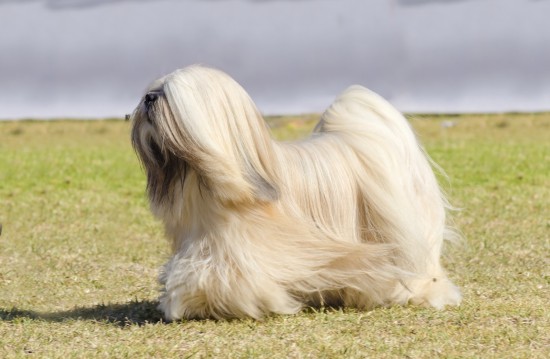 Lhasa Apso Hereditary Health And Health Testing
Lhasa Apso Heredi
Lhasa Apso Hereditary Health And Health Testing
Lhasa Apso Heredi
Copyright © 2005-2016 Pet Information All Rights Reserved
Contact us: www162date@outlook.com